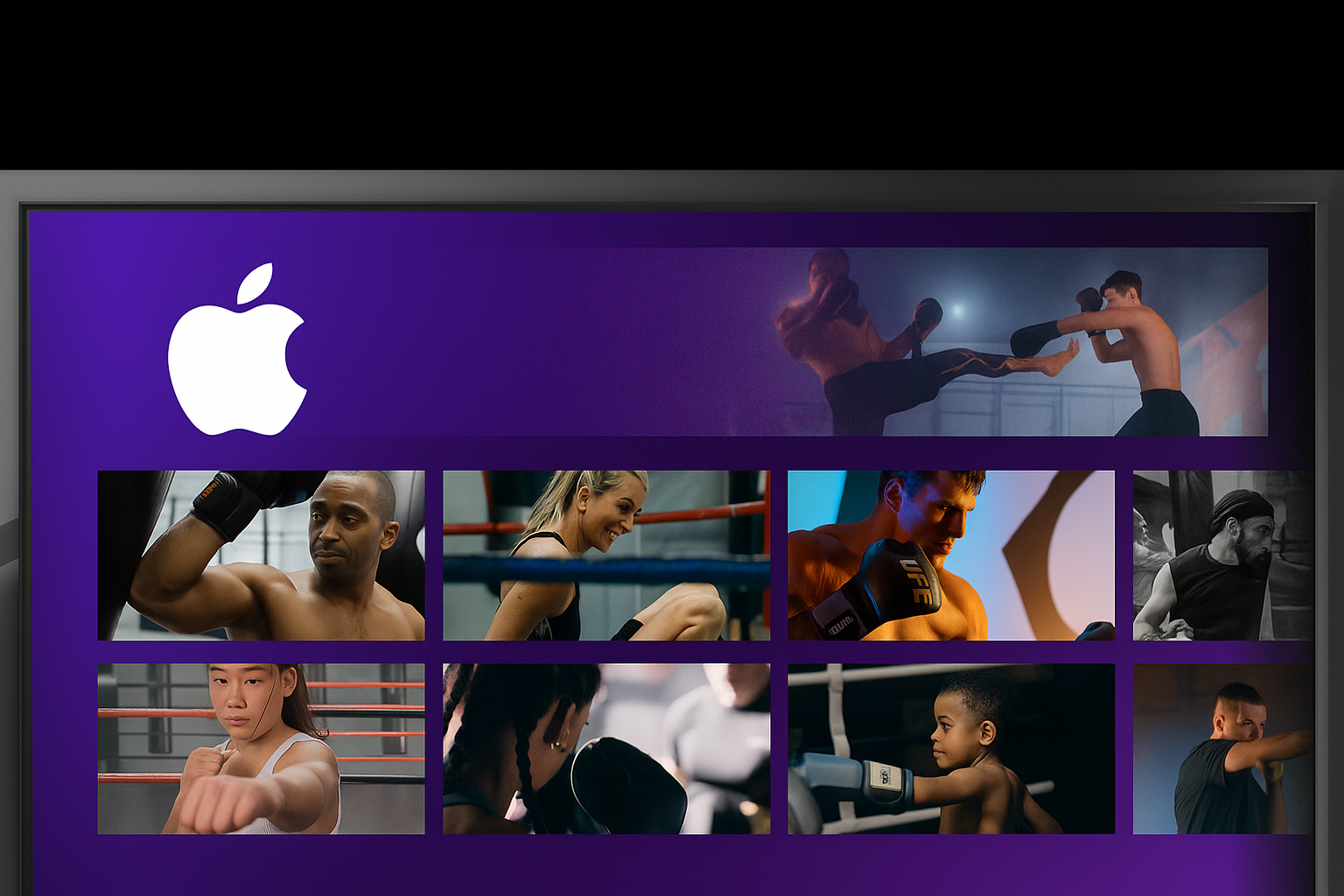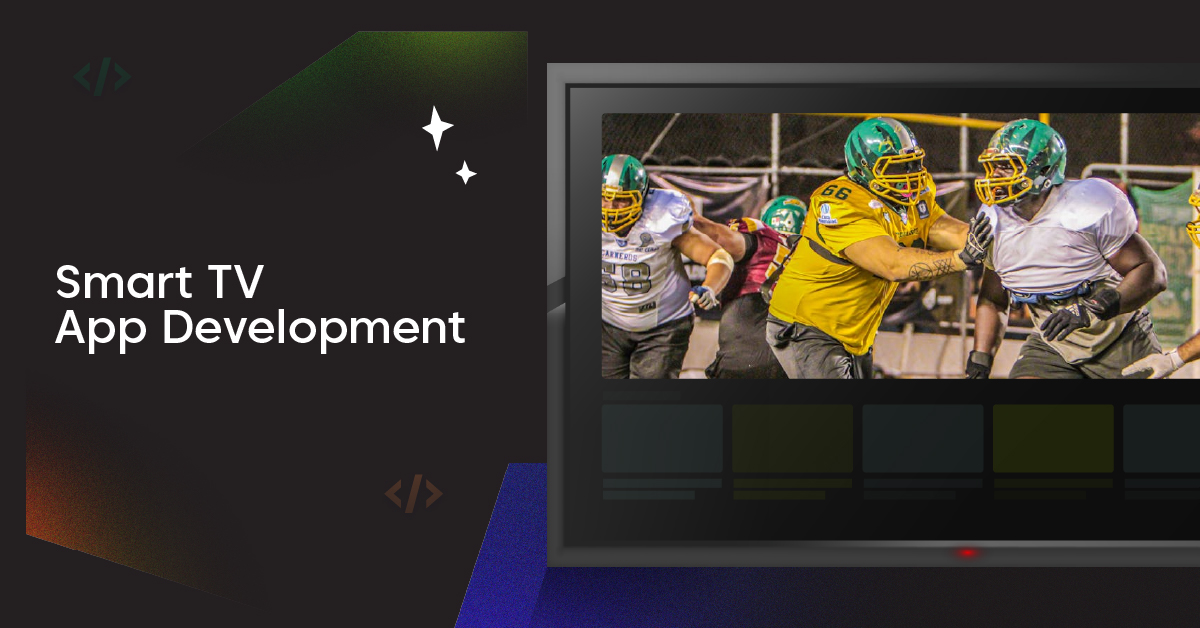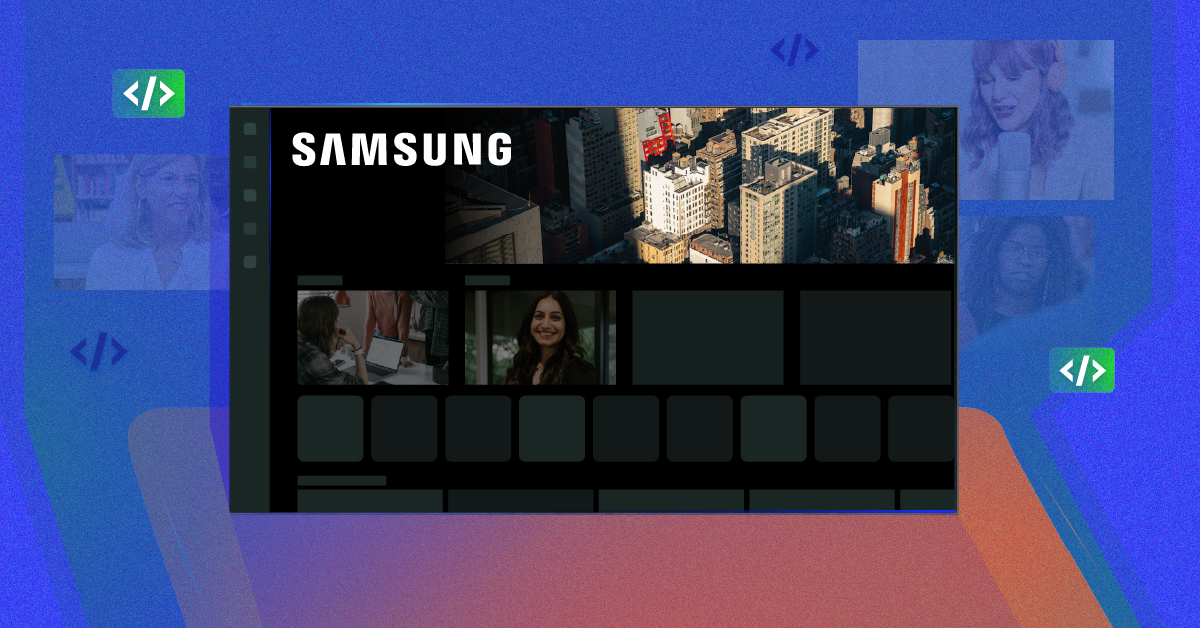Have you ever wondered how live video streams reach your screen without any significant delay? Behind the scenes, streaming protocols play a crucial role. A streaming protocol is a set of rules that governs how audio and video data are delivered over the internet from a streaming server to your device.
There are several protocols, but RTMP (Real Time Messaging Protocol) and RTSP (Real Time Streaming Protocol) are two of the most popular and well-known for their features and functionality. RTMP and RTSP are designed to handle streaming video and audio data efficiently, but they do so in different ways and for different purposes.
RTMP, based on the Transmission Control Protocol (TCP), is widely used for low-latency streaming, especially in live streaming scenarios. On the other hand, RTSP, which can use either Transmission Control Protocol or User Datagram Protocol, is commonly used for controlling the playback of video streams from IP cameras and other similar devices.
Understanding the difference between RTMP and RTSP is important for streamers and broadcasters, as it can affect the quality and delivery of live video streams. This blog post will comprehensively compare RTMP vs RTSP, highlighting their features, uses, and how they impact the streaming experience.
Let’s dive into the comparison between RTMP and RTSP.
What is Streaming Protocol?
A streaming protocol is a set of rules used to send and receive audio and visual data over the internet. Protocols like RTMP (Real-Time Messaging Protocol) and RTSP (Real-Time Streaming Protocol) are crucial for live video streaming. They manage how video streams are transported from a media server to your screen.
In video streaming, these protocols play a vital role. They break down the video into smaller, manageable segments, allowing the continuous stream of streaming data to your device. This process is essential for streaming media, especially live events or video game streaming.
Streaming protocols use two main types of network communication protocols:
- TCP (Transmission Control Protocol)
- UDP (User Datagram Protocol).
TCP is known for being reliable, ensuring all data segments reach their destination, which is vital for services that support reliable segmented streaming. On the other hand, UDP is faster but less reliable, often used in localized video streaming where speed is more critical than perfect accuracy.
RTMP vs. RTSP: Key Differences
- Purpose: RTMP is used for live-streamed content. It’s efficient for on-demand and low-latency streaming. RTSP is commonly used for real-time streaming media, such as video or audio streams. It’s ideal for applications like video conferencing and surveillance systems.
- Compatibility: RTMP offers high compatibility with various players and CDNs (Content Delivery Networks) and ensures reliable content delivery at scale. RTSP provides granular control over the media stream. It’s Widely used for closed-circuit television systems, such as security cameras.
- Latency: RTMP generally has lower latency than RTSP, which is suitable for scenarios where low delay is crucial. RTSP offers low latency but may not match RTMP’s real-time performance.
- Storage and Delivery: RTMP is best for media that can be stored and delivered when needed and is commonly used for streaming media over the web. On the other hand, RTSP is best for media that needs to be broadcast in real-time. This protocol is used for live-streaming applications.
What Is RTMP?
RTMP, or Real-Time Messaging Protocol, is a standard protocol for transferring multimedia data over the Internet. RTMP is originally designed to be the connection between a server and a Flash player. This protocol is among the best protocols for low latency, on-demand video streaming, helping it stay relevant despite the emergence of new protocols.
RTMP runs on top of TCP, meaning the smaller bits of data are sent in a static order until it reaches the receiving point. With Flash Player’s coming death, RTMP is mainly used to ingest the data for streaming and then transcode it into HLS for multi-device support.
Many large streaming platforms, including Facebook, YouTube, and Periscope, still leverage RTMP for its low latency support and stable connection.
How RTMP Works for Streaming
RTMP is a common streaming protocol used by many entertainment and communications systems. Here’s how it functions:
Your device connects to a streaming server when you want to watch a live stream or play a video. For RTMP, this is often a Flash Media Server.
Once the connection is made, the server sends the video stream to your device. The RTMP protocol is designed to stream audio and visual multimedia data efficiently. It breaks down the content into small data packets, which are then transmitted over the internet. This method supports reliable, segmented streaming, which means that even if one packet has a problem, the rest can still arrive without interrupting the stream.
Streaming services using RTMP are great for delivering high-quality video content, even a large video file. This protocol ensures that video quality is maintained throughout the streaming process. Plus, it’s compatible with various video codecs used to compress and decompress video files.
RTMP Pros
The key advantages of RTMP are explained below:
Reliability
RTMP, or Real-Time Messaging Protocol, is known for its reliable connection, which is crucial when streaming live content. This reliability comes from a process known as a three-way handshake. This process is like a greeting between two people before they start a conversation. In the digital world, RTMP’s handshake ensures the connection between the streaming server and the viewer is stable before the video starts playing. This means fewer interruptions and a smoother viewing experience for events like live sports, concerts, or gaming, where every second counts; this reliability is critical. It helps prevent the stream from freezing or crashing, which could cause viewers to miss out on important moments.
Adaptability
One of the advantages of RTMP is its adaptability during live streams. Viewers can control the live-streaming video in ways similar to how they would control pre-recorded content. They can pause the stream if they need a break, skip backward if they missed something, or even rewind to watch a favorite part again. Additionally, if someone joins late, they can jump into the live stream without waiting for it to start over. This level of control is great for viewers because it allows them to interact with live content in a way that suits their needs, making the live streaming experience more user-friendly and enjoyable.
Flexibility
Flexibility in streaming protocols refers to the ability to handle various media types. RTMP excels in this area because it supports video, audio, text, and graphics. This means a live stream can include multiple types of content, such as on-screen text messages, interactive graphics, and more, all synchronized within the same stream. This flexibility is fantastic for content creators because it allows them to create dynamic, engaging streams with various elements. For viewers, it means a richer and more interactive experience, as they’re not limited to just watching a video but can also see additional content that enhances the stream.
Low Latency
Latency is the time delay between when something happens live and when the viewer sees it on their screen. RTMP shines in offering low latency, typically around 3-5 seconds. This is especially important for interactive streams, like live auctions, gaming, or sports, where real-time feedback is essential. With low latency, the streamer and the audience interaction is more fluid and natural. It feels more like a conversation than a broadcast. This immediacy helps create a sense of community and engagement among viewers, as they can react and participate in events without noticeable delays that could disrupt the flow of communication.
RTMP Cons
RTMP has some cons like these:
Not Supported by HTML5
RTMP, which stands for Real-Time Messaging Protocol, was once the go-to method for streaming video online. However, it depends on Flash players to work. Flash was very popular, but now, HTML5 has taken over. HTML5 is the newer way to show videos on the web, and it doesn’t need extra software like Flash. Because RTMP needs Flash, it doesn’t work well with HTML5. This is a problem because most people and websites use HTML5 now for video.
Bandwidth Vulnerability
One of the issues with RTMP is that it can be sensitive to changes in video bandwidth. Bandwidth is like the size of a pipe that data flows through. If the pipe is too small and the data is too much, it can’t flow smoothly. If there isn’t enough bandwidth for RTMP streams, the video might stop and start a lot, or it could be blurry. This can frustrate people trying to watch a video because it interrupts the experience.
HTTP Incompatibility
RTMP has another limitation: it can’t be used directly over HTTP connections. HTTP is the foundation of data communication for the web. Because RTMP and HTTP don’t work together well, it can be a problem in situations where you need to use HTTP. For example, if you’re trying to watch a video on a website that uses HTTP, RTMP might not be the best choice.
Proprietary Technology
Originally, RTMP was made just for Adobe Flash Player. This means it was owned and controlled by one company. When technology is proprietary, it’s not open for everyone to use and improve. This can limit how much it gets used. Since RTMP was tied to Flash, which was also proprietary, it wasn’t adopted as widely as it could have been if it were open to everyone.
What Is RTSP?
RTSP, or real-time streaming protocol, is developed by RealNetworks, Adobe’s rival. This protocol is made mainly for controlling the streaming server’s entertainment and communication systems.
The real-time streaming protocol is an application-layer protocol for issuing VHS-style commands. The RTSP server handles commands such as “play,” “record,” and “pause,” making it the best fit for streaming live media data.
RTSP is most commonly used for streaming Internet Protocol (IP) cameras because it can produce real-time streaming. Similarly to RTMP, RTSP is applied mostly for video contribution. To stream CCTV or IP cameras, broadcasters need streaming software or services to make the stream viewable on all devices.
How RTSP Works for Streaming
RTSP is a network control protocol designed for entertainment and communication systems to control streaming media servers. It operates similarly to how you use a remote control for your TV. When you want to watch a video from an RTSP server, your player (like VLC or QuickTime) requests the server to access the video.
The server then responds, allowing the player to control the playback. This means you can play, pause, or stop the video, or even jump to a different part of the footage. RTSP is great for situations where you need this level of control, like in a surveillance camera system where you might need to review specific parts of a recording.
The protocol uses a few standard commands that make this possible. It’s like conversing between your video player and the server to ensure you see the video exactly how and when you want it.
RTSP Pros
Real-Time Media Control
RTSP stands out for its ability to manage media streams in real-time. Users can play, pause, or stop the video as it streams, just like a regular player. This control is a big plus for applications where viewers must interact with the streaming content. For example, in an online learning platform, students might pause a lecture to take notes or rewind to review a complex topic.
Very Low Latency
One of the biggest advantages of RTSP is its speed. Latency refers to the delay between the camera capturing an event and the display of that event on a viewer’s screen. With RTSP, this delay can be less than two seconds. This is especially important when timing is critical, like in a security camera setup where every moment counts or in live sports broadcasting where fans expect to see the action as it happens.
Customizable
RTSP is like a chameleon in the streaming world; it can adapt to different environments. It works well with both TCP, which is reliable but a bit slower, and UDP, which is faster but less reliable. This versatility lets users tweak their streaming setup according to what’s most important for them, whether ensuring that every bit of data arrives intact or reducing delay to the absolute minimum.
Segmented Streaming
When using UDP, RTSP can stream in segments. This means viewers can start watching a video almost immediately without waiting for the entire file to download. This feature is great for people with slower internet connections or streaming large videos. However, it’s worth noting that this can sometimes lower the video quality, as some data might get lost along the way, especially if the network is unstable.
RTSP Cons
- Limited support for data protection: RTSP does not have built-in encryption, which can make streams less secure.
- Compatibility issues: Not all players and devices support RTSP, which can limit your audience reach.
- Complex setup: Setting up an RTSP stream can be more complicated than RTMP, requiring more network knowledge and protocols.
- Less efficient over poor networks: RTSP can be less reliable and efficient over unstable or low-bandwidth networks.
RTMP vs. RTSP: Which Is Right for You?
When deciding between RTMP and RTSP for streaming, consider what you value most. RTMP is great for reaching a wide audience online. It works well on various devices and web browsers, making it ideal for big events or shows. On the other hand, RTSP suits local or targeted streaming better. It’s perfect for streaming directly to specific viewers or within local networks, though it might need extra setup for broader use.
So, how do you choose? If you aim to connect with a large, diverse audience, RTMP is your best choice. It’s compatible and flexible for general use. However, if you focus more on streaming within a local area or to a specific group and you’re okay with some technical setup, RTSP could serve you better.
RTMP is widely compatible and stable for streaming with low latency but requires a Flash Media Server for content distribution. RTSP, while more suited for IP cameras and local streams, remains relevant for specific needs despite newer protocols.
You don’t have to pick one over the other. With solutions like Castr, you can use RTMP and RTSP easily, enjoying benefits like adaptive streaming bitrate for the best quality and viewer experience.








